Aside from water, tea is the most oft-consumed beverage in the world. Yet, America’s view of tea remains dominated by mass-produced, low-grade tea bags and iced teas with sweeteners. With coffee culture on the rise and specialty coffee-shops brewing on every corner of most major cities, I wanted to learn who was producing tea with the same level of care and passion as some of these ubiquitous third-wave coffee roasters.
Art of Tea—based out of Los Angeles—has raised the bar by elevating tea drinking beyond the tea bags offered by Lipton, and into something more like the quality (and ritual) found in Japan, China, or India. Their quality teas, tea-blends, & tisanes—herbal teas—can be found in various restaurants & tea shops around the U.S., and can be purchased online by consumers.
Founder, Steve Schwartz, pours me a delicate oolong tea with its color becoming richer and more golden after every steep. I switch my phone into airplane mode, grasp the small tea cup with both hands, and listen to Steve’s story.
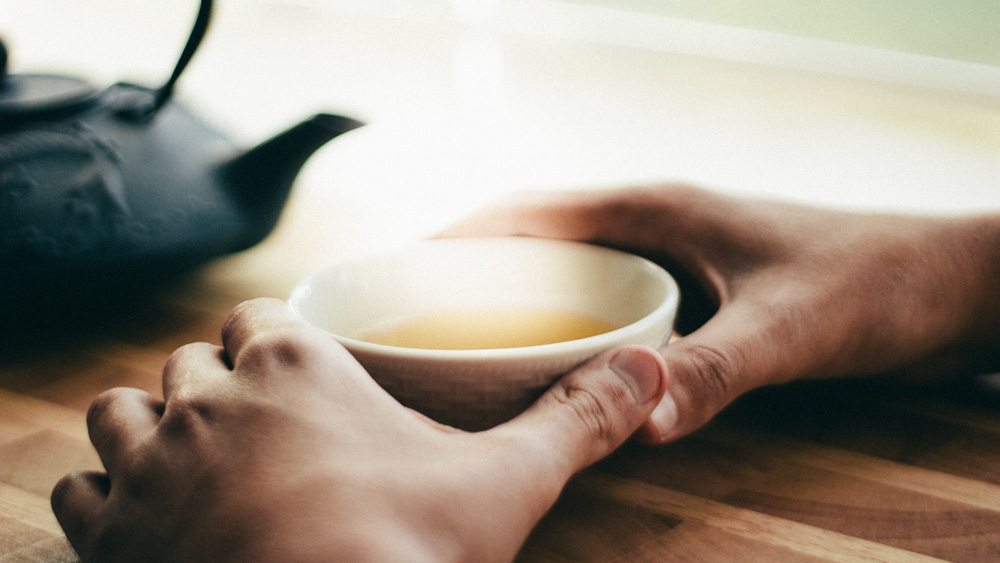
Tell us a little bit about your childhood.
I moved around a lot. I lived in Westlake Village for the first part of my childhood. The first part of my life was definitely silver spooned: I went to private school and lived in a nice house in a nice neighborhood. And then my parents went through a major divorce and we lost everything. I ended up living with my brother in Tucson, Arizona, and we took care of each other through high school.
I’ve been living on my own since I was 14 years old, so I think a lot of breaking my fear of wanting to start things came from calling my dad. We went from having everything, like a live-in housekeeper and private school, to nothing. So I called my dad and said, “Dad, I’m too young to work and I need food.” We had no food. We had bread and Country Crock. He was like, “Where you’re living, is there a neighborhood nearby?” I said, “Yeah.” He said, “Okay, in that neighborhood are there houses? Go knock on doors and say ‘I can clean, I can do landscaping, I can do windows and drapes.’” I didn’t know how to do that stuff, but that was the time to figure it out. So I went and I started knocking on doors and there was a beautiful girl who opened a door. How embarrassing is it asking another teenager, “Can I clean your drapes?” Going from riches to rags got me to think out of the box. And, as upset as I was at the time, I’m really thankful for the opportunity to break beyond my own limitations.

What inspired you to venture off into tea?
In Tucson, Arizona, I was working while I was in high school. After I graduated, I got a full-ride scholarship to go to a university and my mom was diagnosed with brain cancer. So I moved from Arizona after my first semester to go live with my mom in Santa Monica, and I took care of her for about a year until she passed.
During that time, we were just using Western medicine. The doctors didn’t know either. They’d say, “You should use this experimental drug.” And if that didn’t work, “You should try this experimental treatment.” When she passed, it was this eye-opening experience. It was like, wait a second, cancer has only been around for maybe one hundred years. Other, older cultures may not necessarily have called it “cancer,” but could have, potentially, been dealing with it for thousands of years. Western medicine has only been around for “X” amount of time, so I was curious to see if there were other avenues for treatment. I didn’t want to stick needles in people (as in acupuncture) I didn’t want massage therapists, or herbalists, or a doctor—not that there’s anything wrong with any of those, it just wasn’t my calling.
I did, however, want to learn, so I found this great book on Ayurveda. Ayurveda is a system of healing based out of India that blends diet, lifestyle, exercise, yoga, herbology and food—combining all that into one science. There’s a school in New Mexico, so I went there and fell in love with it, got really into the alchemy of blending herbs and botanicals. I was chosen as the only student advanced enough to work with the masters at my school and the pharmacy.
So I got hands-on experience in terms of blending and understanding sourcing, so much so that I wanted to go meet the farmers. When I would speak with them on the phone they would ask, “Do you want this herb that was grown on a western slope? Or do you want that same herb that’s grown next to a river on an eastern slope?” I’m like, “It’s the same herb. Why would it make a difference?” So I wanted to go meet the farmers to find out how this stuff was grown and harvested. I saved my money—I worked four different jobs—I got a backpack and I started traveling around the world to find the best teas and botanicals possible.

I didn’t know I wanted to start a tea company—I just knew I was a tea and herbology nerd. My first stop was the Middle East. In a Peace Corps-type program I taught stress management and herbology. From there I continued my travels throughout Africa. I continued to bring stuff back for friends and family—different teas and botanicals.
Soon we caught the attention of a chef who said, “I could create some different blends or source some different teas for you.” From there I was like, “Okay, I’m going to start a tea company.” It was out of my living room until my wife was like, “You’ve got to move these boxes out.” I was literally customer service, sales, marketing, accounts payable, accounts receivable all from my cell phone. Without an office space, I was there for about a year and then we moved into a warehouse in Downtown L.A.
Tell us about the different types of tea.
A lot of people tend to associate tea within one major category. Like, chamomile must be a tea. And white tea must be tea. Or this thing called red tea rooibos must be a tea. There are still a lot of people who are learning about the difference between true tea and other botanicals, which are called tisanes.
Just like you can’t make coffee out of chocolate, it has to come from the cacao beans. And wine has to come from grapes. All true tea comes from camellia sinensis. In camellia sinensis you have three major subcategories. And within those subcategories you have thousands of sub-sub-subcategories, but that is what creates white tea, green tea, oolong tea, black tea, pu-erh tea. If it’s not camellia sinensis of the evergreen shrub, it’s a totally different category called tisane. Tisane tea is like rooibos, chamomile, yerba mate, mint. You can take those things and blend them with tea so you have a tea fusion, but as a stand alone, it’s either a tea or not tea.
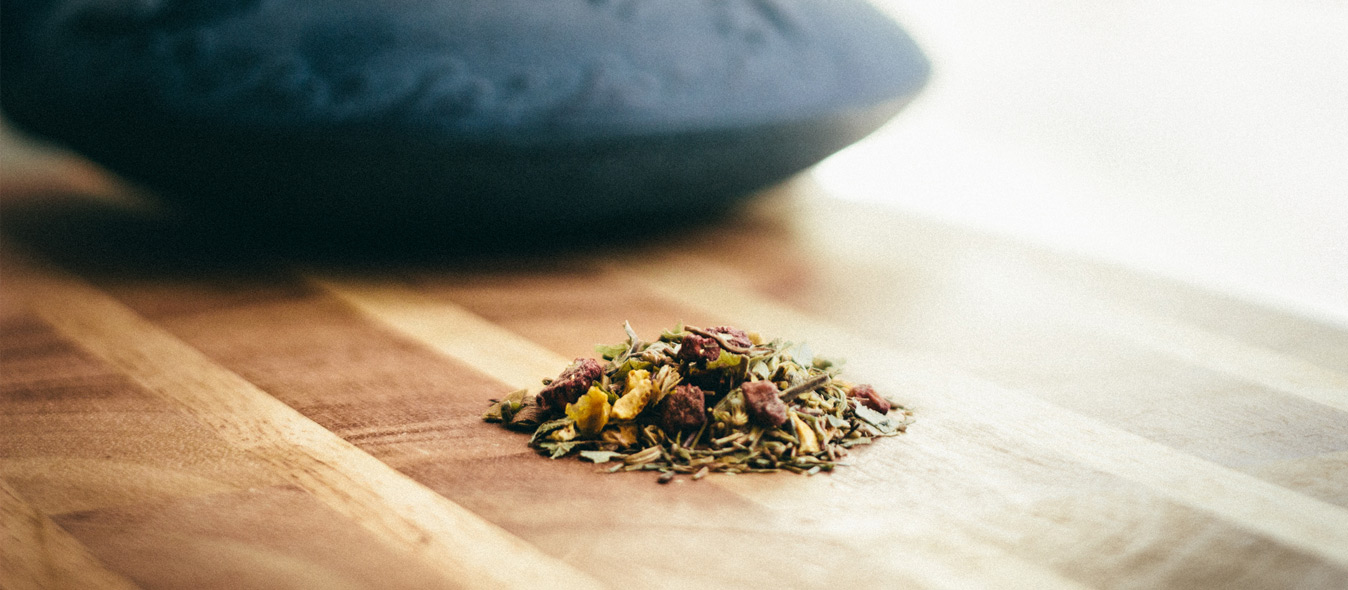
When you’re visiting these farmers, what are you looking for?
It really depends on the country; it depends on the origin. When you’re dealing with China, so much of it is relationship-driven and based on respect and process. That’s the first thing we look for and try to honor.
The second thing is process. How are the teas being made? Are they being made in a co-op? Are they being made on an estate? Or on someone’s hillside they’ve converted where part of the family does the processing in the morning and the other part of the family does the processing at night. For example, there are some areas in Taiwan where the fog rolls in early in the morning, and 10 o’clock in the morning is when the harvesting happens. The fog rolls off, they harvest the leaves with the dew on them, they let them wilt and dry until sometimes midnight or 2 o’clock in the morning. That’s when they start the firing and the cooking process. The men are the ones who usually do the cooking, and the women are the ones who usually do the harvesting. Women have a more delicate touch; they are able to go in without actually bruising the leaves.
We go with taste: the number one thing we look for. The number two thing we’re looking for is organic. The number three thing we’re looking for is fair trade. We’ll go direct trade over fair trade, meaning we’ll go in and pay a fair price for the product we’re getting.
We’ll typically look for better working conditions. Do we do something because it’s the right thing to do? And if we’re doing it because it’s the right thing to do, are we doing it for the self-satisfaction? Or are we doing it out of a sense of selflessness? I’ve come to the realization that exploring altruism is a way of getting closer to the deeper aspect of happiness. And getting that sense of flow of doing something for the sake of doing it as long as it leads to bringing goodness into this world, and in turn bringing happiness into this world.
For the more artisanal-type teas, the more crafted the teas are, the better the chance that the farmer is getting a higher price for all the quality they’re putting into that tea. Black tea is the number-one most consumable tea on the market. With black teas—especially what you find in a black tea bag—is typically machine-harvested, ground and cooked. And it’s driven at a very low price point. Sometimes the standards of working conditions are great; sometimes it’s just very much based on volume. At Art of Tea, we don’t go for that scale of tea grade. We’ll typically go with what’s in the top two-percent of the tea that’s harvested in the world. That’s what we’re sourcing from.
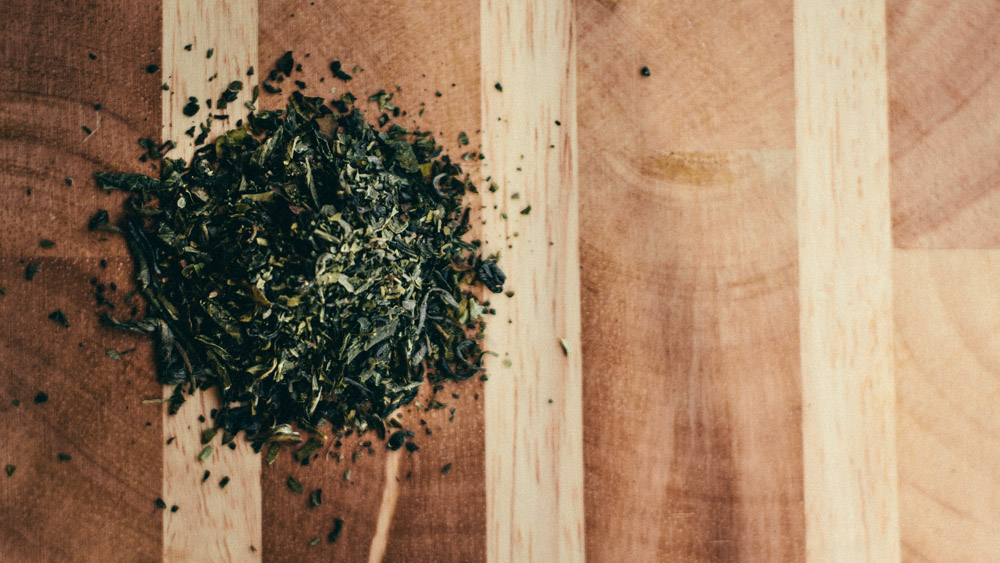
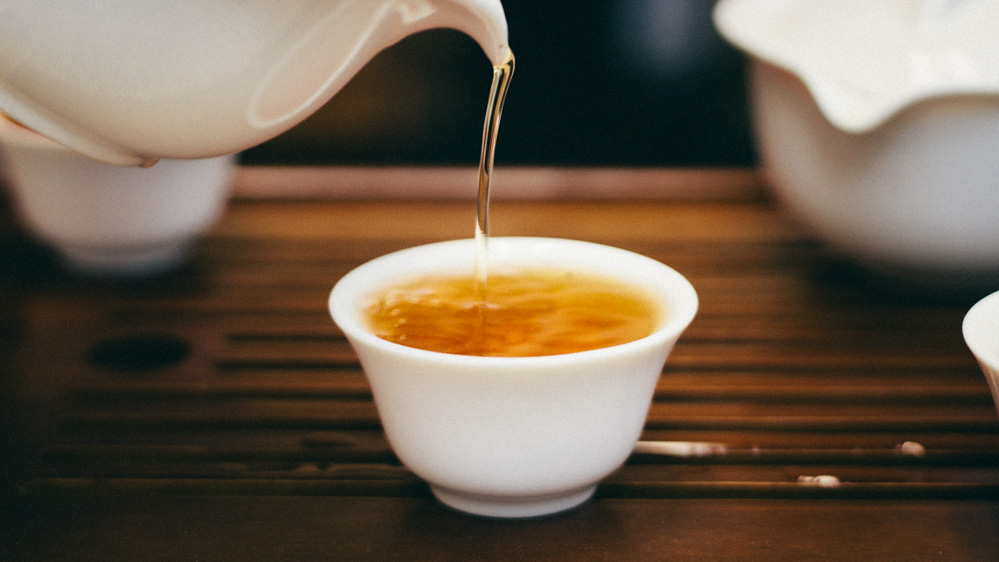
When it comes to the countries you’re sourcing from—where tea is ingrained in their DNA—are you trying to bring some of those elements back to the States?
The number one thing I’m trying to bring into our culture is a sense of ritual. We created a platform that we call the “Eight-Minute Digital Detox.” It means that most people get a 10-minute break at work. So what do people do on that 10-minute break? They go on their computer, they go on their iPhone or iPad and they sit someplace else looking at Facebook or Instagram. It’s not a break. You’re still increasing your endorphins. You’re raising your serotonin levels over periods of time, and you’re not having a real, true break.
So what we recommend through this time test is a sense of ritual we see in Japan, Korea, India, Morocco and China. Having a true tea break—a tea moment—where for eight minutes you’re turning off your i-anything. I have an iPhone. I’m addicted to it. So just fully tapping out for eight minutes, and tapping in with tea. Hearing the water boil, selecting the right leaves, preparing your cup and your pot—embracing the full sensory experience. Adding that level of mindfulness just for eight minutes will spill over into the rest of your day in such a deep and meaningful way.
Give yourself a month. I know that sounds like a long time, but for only 20 days out of the month and eight minutes of the day just try it out. Try fully tapping out. Your focus on your computer and all that stuff will still be there, but just really try to tap out. And you’ll realize how rejuvenating that process is.
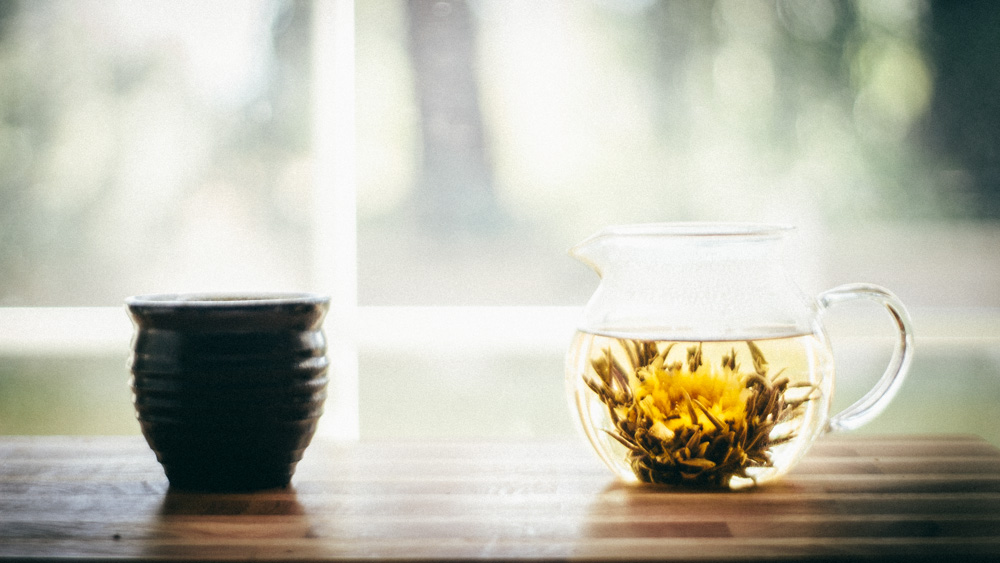
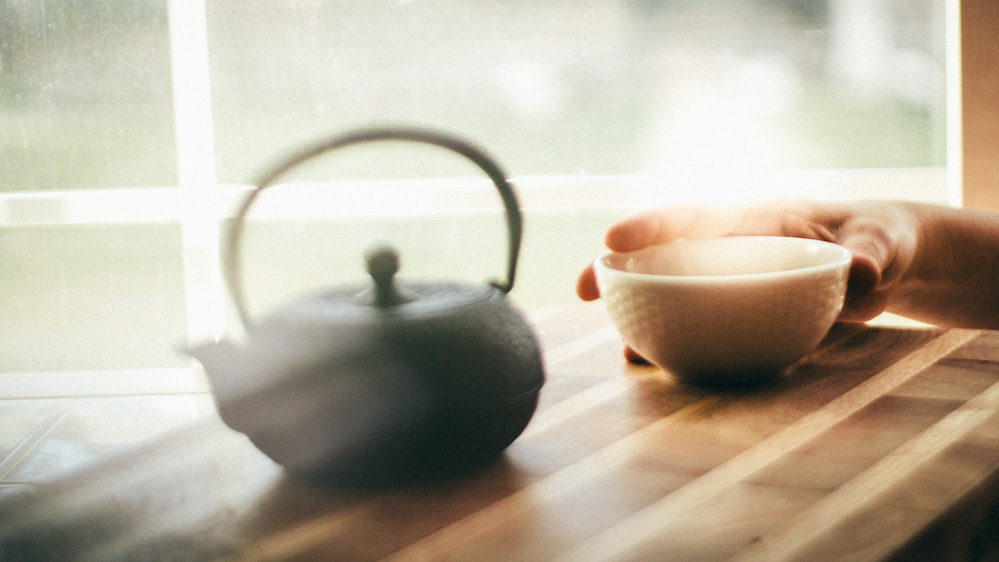
How do you find inspiration for tea-blending and what is the process like?
We drove out to Palm Springs a few years ago, and it was raining. It was like a monsoon. We opened up the car doors after a few hours, and just that smell of the rain hitting the desert is the most pure, sweet smell. I got out of the car and was like, “I have to make this into a tea. This would be phenomenal.” So we created summer rain.
For you to get into your email, you need a password. And that password is most likely not just letters. It might be numbers; it might have capitals and lower cases. But the only way to access your email is through the right sequence of characters in the right form. And that combination is what gets you into your email.
The same thing happens with tea. I know that white tea has a very particular flavor profile. I know that jasmine blossoms have a very particular flavor. And I know that pear fruit combined with jasmine and white tea will have a unique flavor profile that on their own won’t have. Blend that also with elderberries or other flowers and you change the dynamics with each ingredient you add in. You want to go watch a sports game with some friends? Who are you going to call? If you call this person or that person, it will be very different. If you go with one person or three people, do you really want to call that other friend and bring him into the mix?
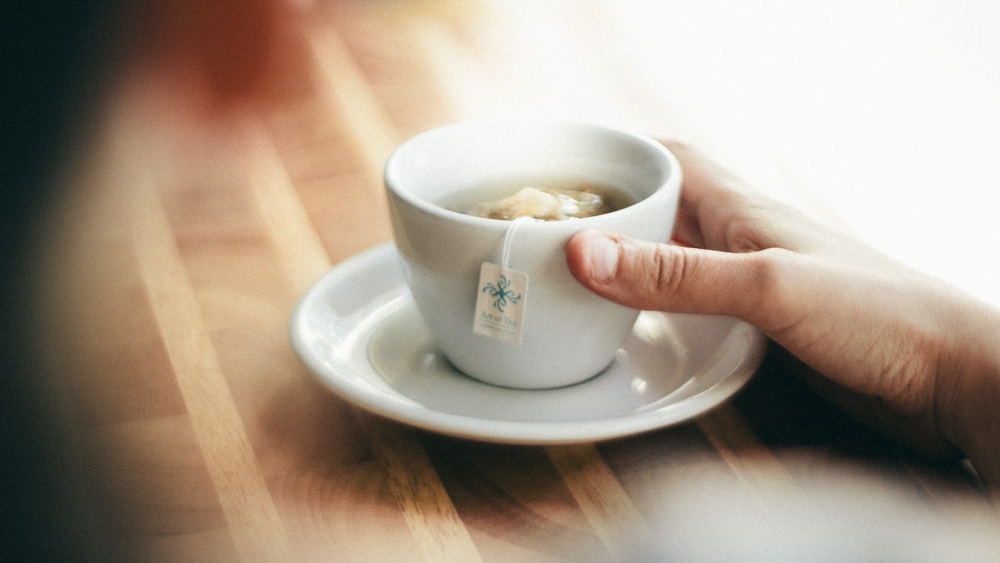
It’s finding the formula. My wife is an esthetician, and she gets all these samples from all over. Our shower is covered in all sorts of different scrubs and shampoos. She had something called mandarin cashmere. I opened it up and I put it on my skin. It’s a scrub, but it smelled like lemon cake. It smelled so good you just wanted to eat it. I thought it would make a phenomenal tea. It had vanilla, lemon and citrus. It was really full and aromatic. It would make a phenomenal tea, but no one is going to want to drink cashmere. So I thought, what about silk? We’ll make a tea called mandarin silk. So I went to our blending space—our lab—and started finding the right type of tea that would have that full-mouth feel—one that is not too heavy on the palate—finding the right botanicals and essences and we came up with mandarin silk. We entered it into a competition, and it actually won best oolong in the world. It was really cool. I was really honored to get that recognition.





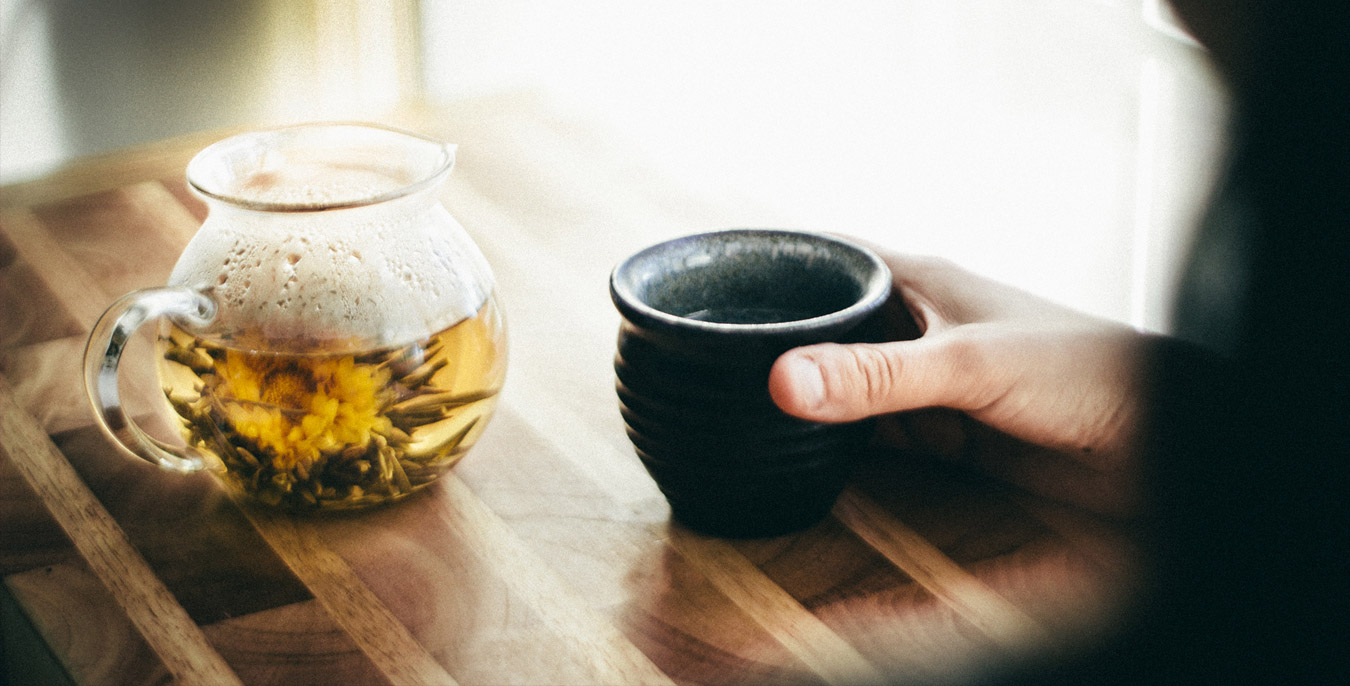

Our comments section is for members only.
Join today to gain exclusive access.